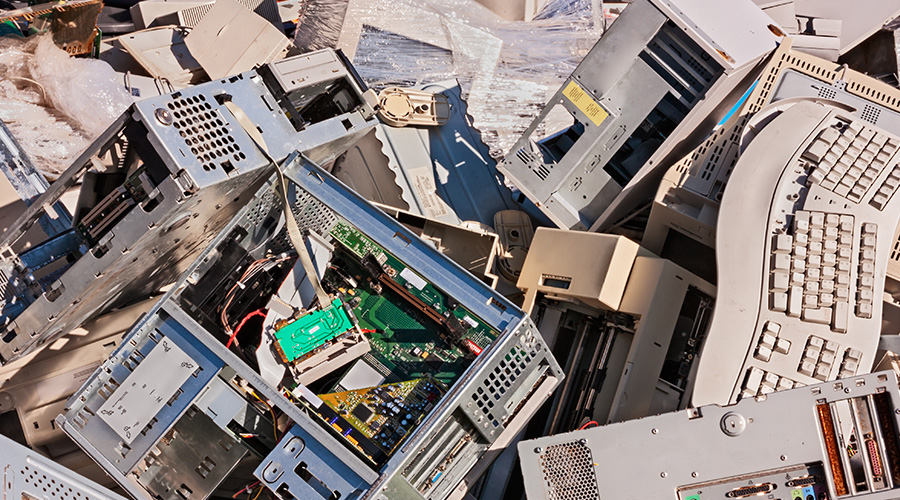Compliance Considerations for Managing Hazardous Materials
Managing hazardous materials and wastes seems to be a matter of regulatory compliance for many organizations. So managers focus primarily on ensuring workers handle, store and dispose of these materials according to applicable laws.
In fact, proper hazardous materials management can contribute greatly to any organization’s efforts to minimize its buildings’ impact on the environment.
The U.S. Environmental Protection Agency (EPA) has identified three areas in which managers can expect hazardous material and waste regulations to impact their organizations — reducing waste generation, preventing exposure to hazardous chemicals by humans and the environment, and managing wastes and cleaning up chemical releases in a safe, environmentally sound manner.
Regulators are placing a special emphasis on reducing the volume of waste organizations generate. This focus is evident in the EPA’s reclassification of certain hazardous wastes as universal and in promoting waste reduction and recycling.
Managers can continue to keep pace with and reduce the impact of new environmental regulations by embracing sound environmental management and sustainability programs.
Jeffery Camplin, CSP, CPEA, REP, is president of Camplin Environmental Services Inc. in Rosemont, Ill.
Related Topics:














